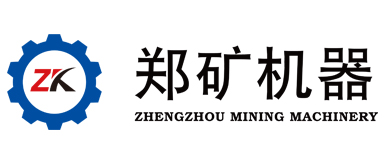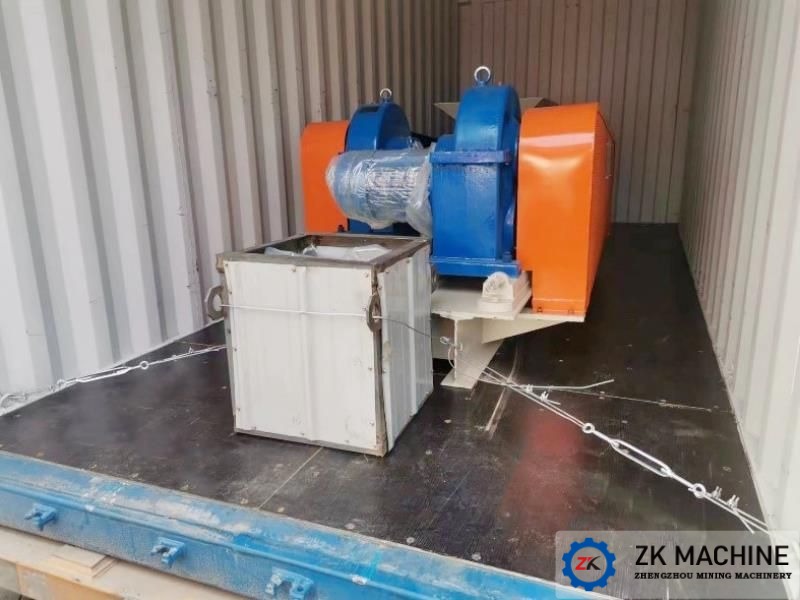Influence of Filtration Air Velocity in Bag Filter & its Optimization Strategy
1. The influence of filtration wind speed on bag-type dust collector
The filtration wind speed refers to the average speed of gas passing through the filter cloth. It is an important technical and economic indicator to measure the gas processing capacity of the bag-type dust collector. The selection of filtration wind speed depends on many factors such as the nature of dust, type of filter cloth, cleaning method and dust removal efficiency. Generally speaking, a larger filtration wind speed means a more compact design and lower cost, but it also brings higher resistance and lower dust removal efficiency; on the contrary, a smaller filtration wind speed can reduce resistance and improve dust removal efficiency, but it will lead to an increase in equipment size, cost and floor space.
2. Relationship between filtration wind speed and emission concentration
2.1 Too high filtration wind speed:
High filtration wind speed may cause dust particles to fail to fully adhere to the surface of the filter bag and be discharged with the airflow, causing the emission concentration to exceed the standard. At the same time, too high wind speed will increase the operating resistance and energy consumption of the dust collector, accelerate the wear of the filter bag, and shorten its service life.
2.2 Too low filtration wind speed:
Although lower wind speed is conducive to improving dust removal efficiency, if it is too low, it may cause serious dust accumulation in the filter bag, hinder gas circulation, and thus reduce dust removal efficiency. Excessive dust accumulation will also increase the complexity and frequency of dust cleaning, which is not conducive to the continuous and stable operation of the dust collector.
2.3 Emission standards and recommended filtration wind speed:
When using coated filter bags, if the emission standard is 30-50mg/m³, the recommended filtration wind speed is about 1.2m/min; if the emission standard is lower than 30mg/m³, the recommended filtration wind speed is 1.0m/min; if the emission standard is lower than 10mg/m³, the filtration wind speed should be adjusted to about 0.8m/min; for bag dust collectors that require emission concentrations lower than 10mg/m³, the wind speed should not exceed 0.5m/min.
In order to ensure that both emission standards are met and the long-term stable operation of bag dust collectors is guaranteed, appropriately reducing the filtration wind speed is an effective strategy.
3. How to determine the appropriate filtration wind speed
Selecting the appropriate bag dust collector inlet wind speed requires comprehensive consideration of the following aspects:
3.1 Dust characteristics: including dust particle size, density and viscosity, these factors affect the deposition of dust on the filter bag and the cleaning effect.
3.2 Gas characteristics: gas temperature, humidity and flow rate, which determine the flow characteristics of the gas and the working performance of the filter bag.
3.3 Filter material characteristics: the material, density and thickness of the filter material affect its filtration efficiency and resistance.




